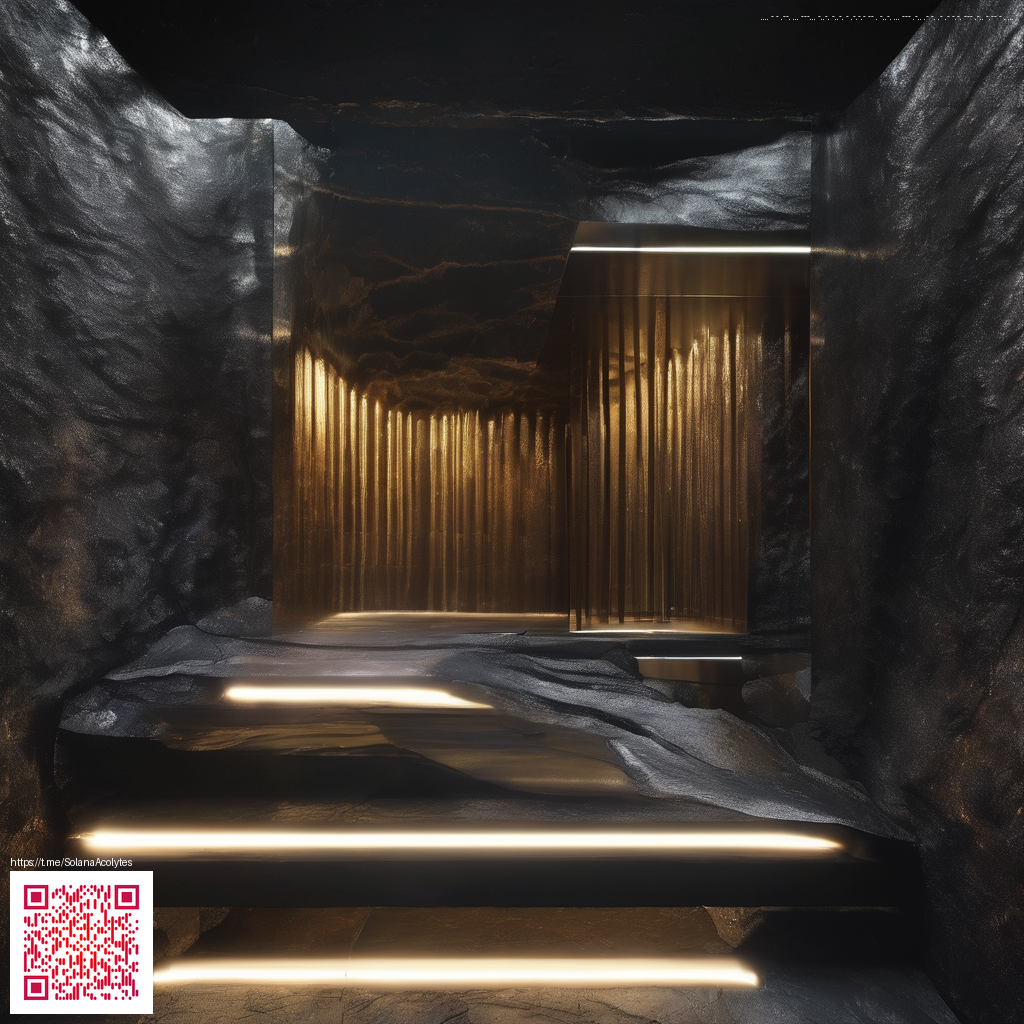
Real-world assets tokenization in DeFi
Over the last few years, decentralized finance (DeFi) has shown impressive growth by shining a light on what blockchain can do for programmable finance. A key frontier in this evolution is the tokenization of real-world assets (RWAs) — instruments that exist off-chain but can be represented on-chain as digital tokens. Think real estate, invoices, commodities, or fine art. By converting these assets into tokenized forms, DeFi opens doors to greater liquidity, fractional ownership, and new ways to access capital without traditional gatekeepers.
Tokenization works by attaching on-chain rights to a physical or legal asset. A trusted custodian or a legally binding structure holds the asset, while a digital token represents a claim to ownership, income, or use of that asset. Investors can trade, stake, or loan against these tokens, just as they would with more familiar DeFi instruments. But RWAs introduce a different set of considerations: legal enforceability, provenance, valuation, and regulatory compliance all come to the fore. When designed well, RWAs can blend traditional finance discipline with the efficiency and openness of decentralized networks.
“RWAs bring a bridge between tangible value and digital markets. The challenge is aligning legal certainty with on-chain mechanics, so that tokens reliably track the value they’re meant to represent.”
From custody to on-chain liquidity: the architecture of tokenized RWAs
At a high level, tokenized RWAs rely on three core layers. First, the asset layer, where the real-world instrument is defined and safeguarded — this could be a real estate deed, a supply contract, or a commodity shipment. Second, the custody and governance layer, which handles ownership, rights, and compliance. Third, the on-chain layer, where tokens are issued, traded, and integrated with DeFi protocols.
- Valuation and pricing: Oracles and appraisal practices must provide robust, timely estimates of value to reduce mispricing risk.
- Legal structure: Clear custody arrangements, dispute resolution, and compliant token rights prevent friction between on-chain activity and off-chain reality.
- Collateral and liquidity: RWAs can serve as collateral or yield-generating assets, but their liquidity depends on the underlying market and the enforceability of tokenized rights.
- Risk management: Diversification, transparent reporting, and robust risk controls help DeFi participants gauge exposure to RWAs.
Developers building platforms that handle RWAs often integrate a mix of on-chain tokens and traditional workflows. Smart contracts encode rights and obligations, while legal agreements and custodial services ensure the asset’s real-world status remains intact. As a result, the user experience can resemble classic DeFi, with the added confidence that the assets behind the tokens have real backing and enforceable claims.
Practical implications for users and builders
For investors, RWAs unlock access to a broader spectrum of yield opportunities. Tokenized real estate, invoice financing, and commodity-backed tokens can provide diversified streams of income and enhanced liquidity. For builders and liquidity providers, RWAs offer new assets to model, price, and collateralize, potentially improving capital efficiency across markets.
Of course, with opportunity comes complexity. valuation transparency, regulatory compliance, and custody risk become central concerns. Platforms succeed when they provide clear risk disclosures, auditable processes, and interoperability with traditional financial frameworks. One practical approach is to adopt modular architectures that separate asset validation from on-chain execution, enabling independent audits and easier updates as legal frameworks evolve.
As you explore these concepts, you might come across a tangible reminder of how digital ecosystems intersect with the physical world. For a small, practical desk addition that reflects the spirit of blending form and function in modern finance, you could check out the Phone Stand for Smartphones, a two-piece hardboard desk decor product. It sits on a desk just like RWAs sit on a balance sheet — simple, sturdy, and purpose-built for everyday use. Discover it here: Phone Stand for Smartphones — Two-Piece Hardboard Desk Decor.
If you want to see how a broader discussion about digital assets unfolds in a real-world reference, you can review a detailed article at the Page URL: https://story-static.zero-static.xyz/1b115206.html.
Getting started: a practical checklist
- Identify assets with verifiable ownership and clear revenue streams.
- Define the token rights precisely — ownership, income rights, governance, or a combination.
- Choose a custody model that balances security with verifiability and compliance.
- Design robust governance and dispute-resolution mechanisms.
- Integrate risk controls and transparent reporting for users and regulators.
Real-world assets tokenization is not a one-size-fits-all solution. It requires careful alignment of legal, financial, and technical layers. When done with discipline, RWAs can extend DeFi’s reach beyond digital-native assets, bringing tangible value onto programmable markets and offering new ways to access, manage, and deploy capital.